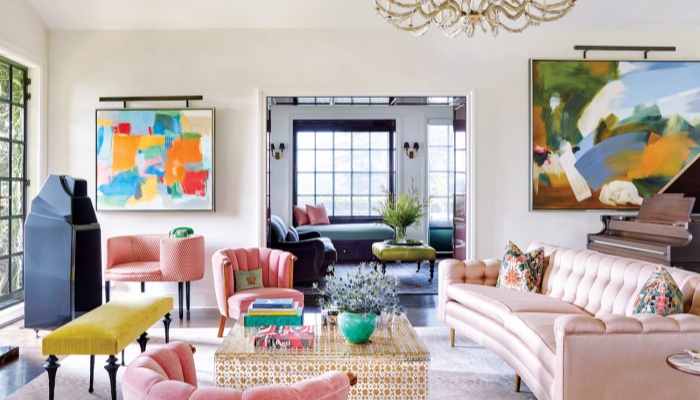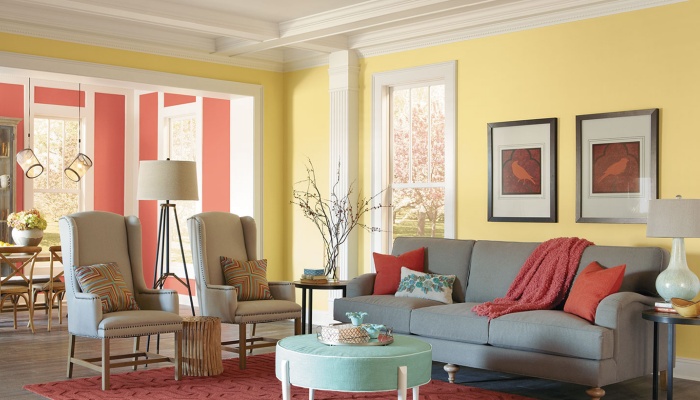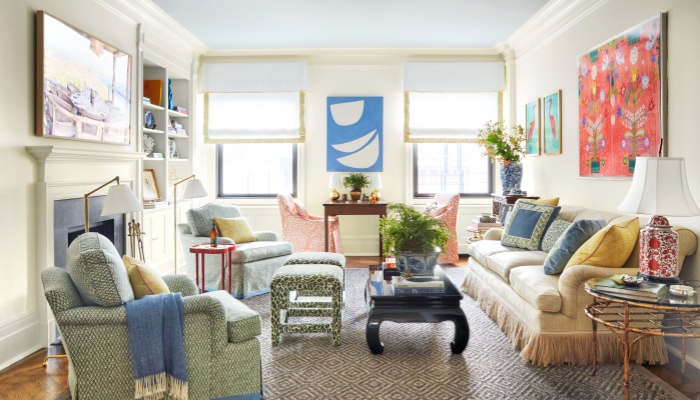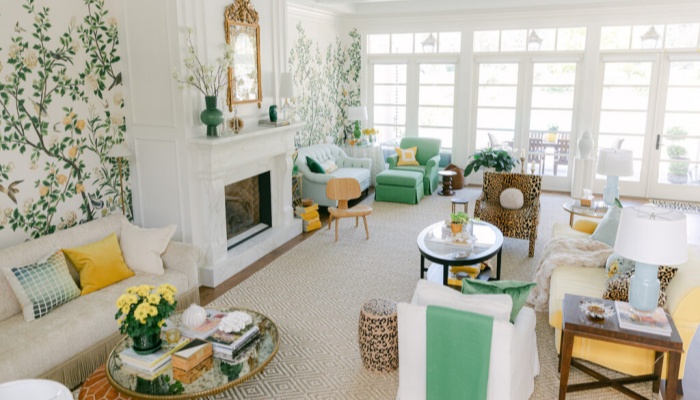One of the most effective ways to use color is by establishing a cohesive color palette. Start by selecting a few key colors that resonate with you and reflect your personal style. These colors will serve as the foundation for your design. Consider using a color wheel to identify complementary or analogous colors that work well together. This approach can help you create a balanced and harmonious look throughout your space.
Incorporating a neutral base is another effective strategy for using color. Neutral colors such as whites, grays, and beiges can serve as a backdrop for more vibrant hues. By painting walls in a neutral shade, you can create a versatile canvas that allows you to experiment with bolder colors in furniture, decor, and accessories. This method not only adds flexibility to your design but also prevents overwhelming the space with too many bold colors at once.
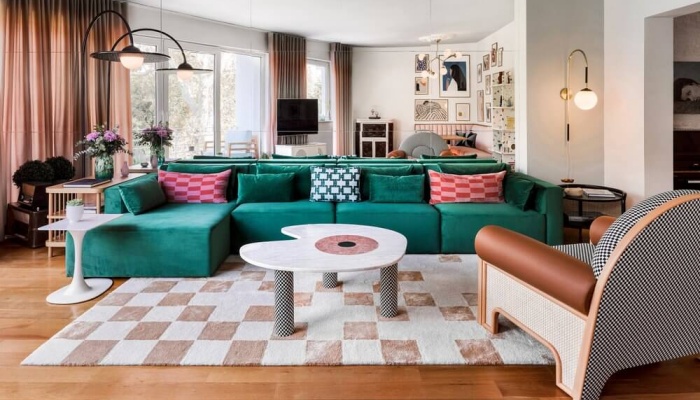
Another technique is to utilize color blocking. This involves using blocks of color in different areas of a room to create visual interest and depth. For example, you might paint one wall a bold color while keeping the others neutral. This approach can draw attention to specific areas and create a focal point within the room. Color blocking can also be applied through furniture and decor, such as using colorful cushions or rugs to add pops of color without committing to a complete overhaul.
When selecting colors for specific rooms, consider the purpose and function of each space. For example, warm colors like reds and oranges can create an inviting atmosphere in social areas, while cool colors such as blues and greens can promote relaxation in bedrooms and bathrooms. Tailoring your color choices to the intended use of each room can enhance the overall experience and comfort of your home.
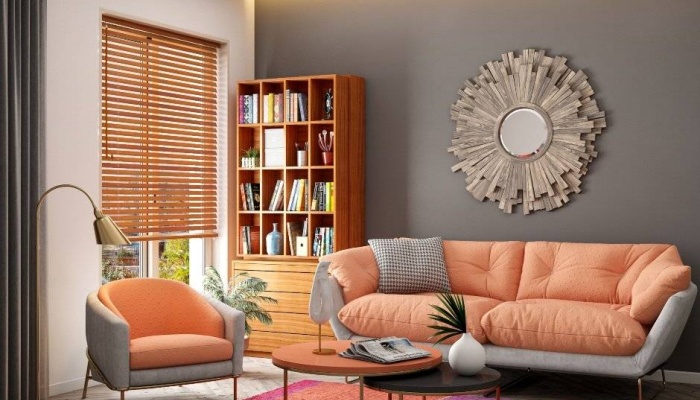
Lighting is another crucial factor to consider when using color in home decoration. Natural and artificial light can significantly alter how colors appear in a space. It is essential to test paint samples and decor items in different lighting conditions to see how they interact. A color that looks vibrant in natural light may appear dull under artificial lighting. By understanding the effects of lighting, you can make more informed choices that ensure your colors look their best throughout the day.
In addition to wall colors, consider the impact of textiles and materials. Fabrics, rugs, and accessories can introduce additional colors and textures into your design. Mixing different textures can add depth and dimension to your space, making the color scheme more dynamic and engaging. For example, pairing a soft velvet sofa with colorful throw pillows and a textured knit blanket can create a cozy and inviting atmosphere.
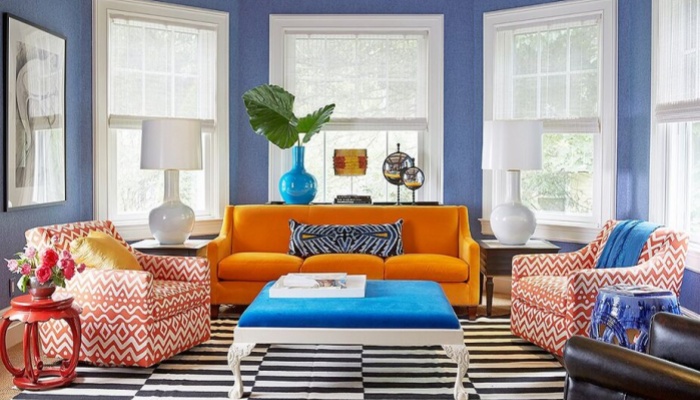
Finally, don’t be afraid to experiment with color. Home decoration is a personal journey, and finding the right colors for your space may take time. Consider creating mood boards or using digital design tools to visualize different color combinations. This experimentation can help you discover unexpected pairings that resonate with you and enhance your home’s aesthetic.
Effectively using color in home decoration involves establishing a cohesive color palette, incorporating a neutral base, utilizing color blocking, tailoring colors to specific rooms, considering lighting, mixing textures, and embracing experimentation. By applying these principles, you can create beautifully decorated spaces that reflect your unique style and enhance your everyday living experience.

